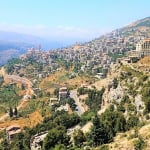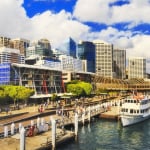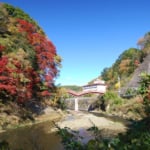Name: Historic Centre of Rome, the Properties of the Holy See, and the Basilica of Saint Paul Outside the Walls
Address: Rome, Province of Rome, Lazio Region
Official/Related Website URL: http://whc.unesco.org/en/list/91/
![[World Heritage Site] What is the historic centre of Rome? | All roads lead to Rome!](https://skyticket.com/guide/wp-content/uploads/2025/07/imgi_81_pixta_25532917_S-e1517818093757-1200x675.jpg)
[World Heritage Site] What is the historic centre of Rome? | All roads lead to Rome!
"Rome wasn’t built in a day" and "All roads lead to Rome"—you’ve probably heard these famous phrases at least once. Since ancient times, Rome has flourished as the capital of the Roman Empire and remains one of Europe’s most prominent global cities.
As a captivating city that many dream of visiting at least once in their lifetime, Rome attracts countless tourists. It also boasts a wealth of UNESCO World Heritage Sites.
In this article, we’ll introduce the World Heritage Sites located within Rome: the “Historic Centre of Rome,” the “Properties of the Holy See,” and the “Basilica of Saint Paul Outside the Walls.” Use this as a reference for your World Heritage tour!
table of contents
[x] close
[World Heritage Site] What is the historic centre of Rome? | All roads lead to Rome!
- What are the Historic Centre of Rome, the Properties of the Holy See, and the Basilica of Saint Paul Outside the Walls?
- Access to the Historic Centre of Rome, the Properties of the Holy See, and the Basilica of Saint Paul Outside the Walls
- Highlights of the Historic Centre of Rome, the Properties of the Holy See, and the Basilica of Saint Paul Outside the Walls
- ◎ Summary
What are the Historic Centre of Rome, the Properties of the Holy See, and the Basilica of Saint Paul Outside the Walls?
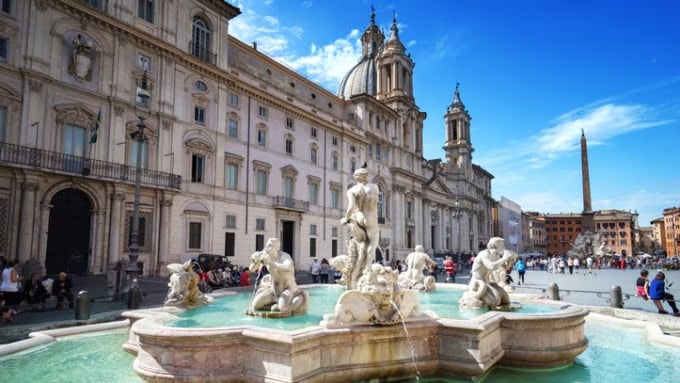
Rome, the capital of Italy, is located in the Lazio region and is the most populous city in the country. The Vatican City, the heart of the Christian world and residence of the Pope, is also located within Rome. Known as the “Eternal City,” Rome is home to so many famous landmarks that you couldn’t count them on both hands.
The “Historic Centre of Rome, the Properties of the Holy See, and the Basilica of Saint Paul Outside the Walls” were designated as a UNESCO World Heritage Site in 1980. In 1990, the designated area was expanded. This vast area includes seven iconic structures: the Roman Forum, the Colosseum, the Arch of Constantine, the Archbasilica of Saint John Lateran, the Basilica of Saint Mary Major, the Basilica of Saint Paul Outside the Walls, and the Baths of Caracalla. Truly, it’s a World Heritage Site of unparalleled scale—just as the saying goes, "Rome wasn’t built in a day."
Access to the Historic Centre of Rome, the Properties of the Holy See, and the Basilica of Saint Paul Outside the Walls
The main gateway to Rome is Leonardo da Vinci Airport (Fiumicino Airport). The distance from the airport to the city center is approximately 30 kilometers, making it relatively easy to reach downtown Rome.
The most popular route from the airport to the city is via the “Leonardo Express,” a direct train that goes nonstop to Termini Station. This convenient option will get you to the heart of Rome in just 30 minutes, and it’s highly recommended.
Highlights of the Historic Centre of Rome, the Properties of the Holy See, and the Basilica of Saint Paul Outside the Walls
Colosseum
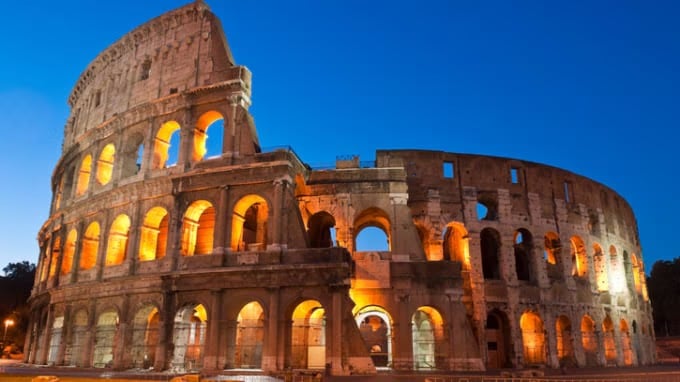
One of the must-visit spots in the Historic Centre of Rome, a World Heritage Site, is the Colosseum. Said to have been built about 2,000 years ago, the Colosseum is an amphitheater that could accommodate approximately 50,000 spectators. It is known in Latin as the Colosseum and in Italian as the Colosseo, but its original name at the time of construction was the Flavian Amphitheatre.
While its exterior—which you've likely seen at least once in an Italian travel guide—is already impressive, stepping inside allows you to feel the atmosphere of the ancient times even more deeply! It takes less than 20 minutes to walk around the interior of the Colosseum, so take your time and soak in the experience. As a super popular tourist spot visited by people from all over the world, it is expected to be crowded most of the time, except during the coldest months of winter. To enter smoothly, it's highly recommended to purchase your tickets in advance.
Pantheon
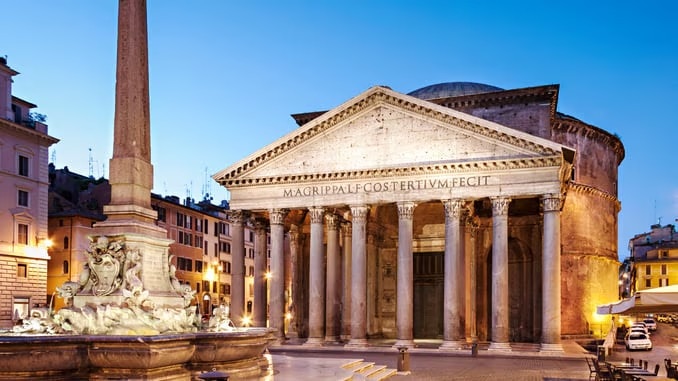
The Pantheon is a temple where all the gods of ancient Rome are enshrined. The original structure was built by Marcus Vipsanius Agrippa, a close associate of Rome's first emperor, Augustus. However, it was destroyed in a fire and the building we see today is said to be the second version, rebuilt afterward.
The Pantheon features a dome with a diameter of approximately 43 meters atop a 4.5-meter-deep foundation. At the top of the dome is a round opening called the “oculus,” meaning “eye” in Latin, which measures 9 meters in diameter and leaves a strong impression.
There’s even a proverb that says, “He who goes to Rome and does not visit the Pantheon is a fool,” underscoring how beloved this site is among Romans. Be sure to visit! The Pantheon is also conveniently close to other popular attractions such as the Trevi Fountain and Piazza Navona, making it easy to combine visits.
Roman Forum (Foro Romano)
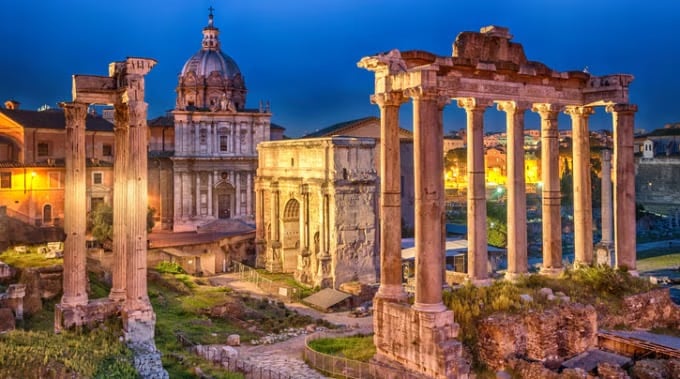
The Roman Forum, which means “public square of Roman citizens,” served as the center of politics and daily life in ancient Rome. It is renowned as the site of some of the most important structures from ancient Rome within the Historic Centre.
It is also believed to be where Julius Caesar, the famous Roman dictator, declared his famous phrase, “The die is cast.” This area of ancient ruins lined with historical buildings is another unmissable spot within the Historic Centre. It is located near the Colosseum, and since the area can be toured on foot, wearing comfortable shoes is recommended to fully enjoy the atmosphere of the ancient Roman Empire.
◎ Summary
What did you think? This article introduced the highlights of the World Heritage Site, the "Historic Centre of Rome, the Properties of the Holy See, and the Basilica of Saint Paul Outside the Walls," the birthplace of the Roman Empire.
Italy has the highest number of World Heritage Sites in the world, and among them, the Historic Centre of Rome is undoubtedly one you shouldn't miss. We hope this serves as a helpful guide in planning your trip to Rome.
RELATED ARTICLES
REGIONS
CATEGORIES
FEATURED ON Italy
-
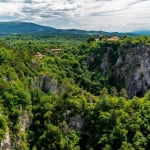
Introducing All 5 World Heritage Sites in Slovenia! Explore the Magnificent World Heritage of This Small Country
-
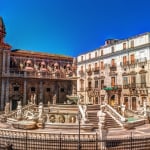
Representative Souvenirs from Palermo, the Largest City in Sicily
-
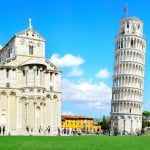
Everyone is Tilted! 4 Popular Souvenirs from Pisa, Italy — Home of the Leaning Tower of Pisa
-
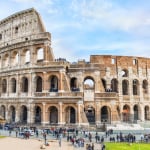
When It Comes to Rome Souvenirs, This Is It! We Introduce 4 Recommended Classics
-
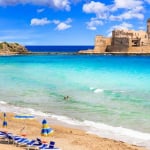
A Fascinating Province in Italy! Exploring the Tourist Spots of Crotone!
MOST POPULAR ON Italy
-
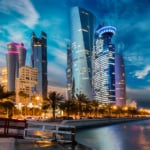 1
1Doha: Must-see Attractions in the Capital of Qatar
-
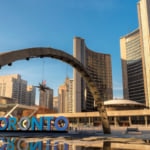 2
2Toronto: 10 Things to do in this Picturesque Canadian City
-
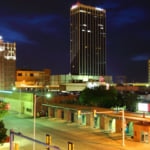 3
3Amarillo: A City Famous for It’s Amazing Canyons, Great History and Music
-
 4
4South Korea: Dazzling Scenery, Rich Culture and Fascinating History
-
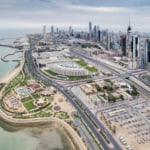 5
5Kuwait: A Country in Middle East Asia Famous for Hot Sand Dunes and Stunning Cityscape

